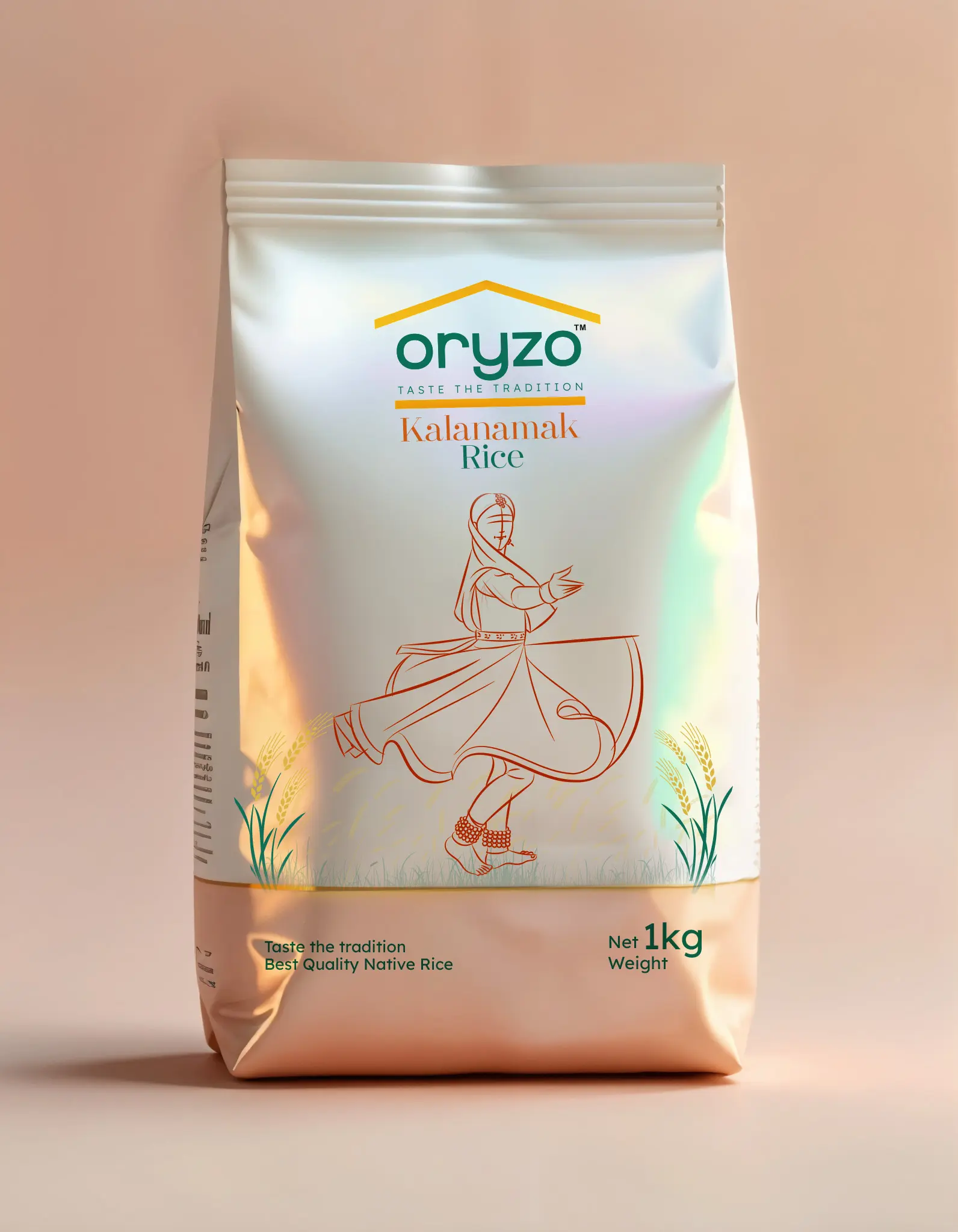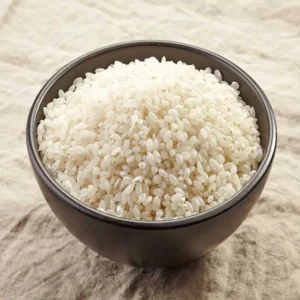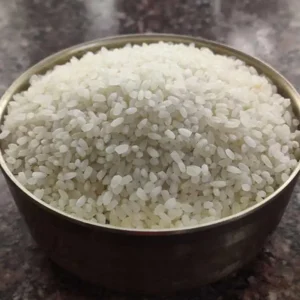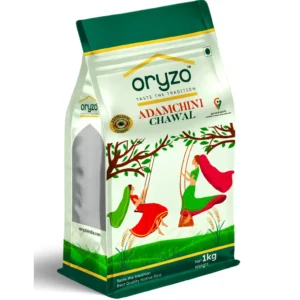Description
Introduction
Leading Manufacturers and Wholesaler of Organic Kalanamak Rice, Short Grain Kala Namak Rice, Traditional Kalanamak Rice, White Cooking Kalanamak Rice, White Kalanamak Rice and White Short Grain Kalanamak Rice
Kalanamak rice, deriving its name from the black husk paddy it originates from, holds a distinguished position in the agricultural and culinary traditions of Eastern Uttar Pradesh, India, and Nepal’s Tarai region. Its history traces back to approximately 600 BC during the Buddhist era, signifying its deep-rooted heritage and cultural significance.
This traditional rice variety is renowned for its exceptional qualities, often surpassing even the famed Basmati rice in various aspects. While Kalanamak rice may not match Basmati in grain length, it compensates with its unique attributes. It boasts a soft texture, making it easily digestible, and exhibits a remarkable shelf life, ensuring prolonged enjoyment for consumers.
Moreover, Kalanamak rice presents superior characteristics post-harvest and cooking. It demonstrates greater head rice recovery after polishing, a desirable trait for rice processing, and better elongation upon cooking, enhancing its appeal in culinary applications.
Despite its illustrious past and remarkable qualities, Kalanamak rice faced a perilous decline following the advent of the Green Revolution and the widespread adoption of high-yielding rice varieties. This trend threatened its very existence, pushing it to the brink of extinction. The proliferation of modern agricultural practices often prioritized productivity over preserving traditional varieties, thereby endangering the rich agricultural biodiversity that Kalanamak represents.
However, recognition of its intrinsic value and concerted efforts by agricultural authorities and conservationists have sought to revive and safeguard Kalanamak rice. These endeavors aim not only to preserve cultural heritage but also to promote agricultural diversity and resilience. By nurturing and promoting the cultivation of Kalanamak rice, communities strive to maintain a connection to their agricultural roots while contributing to sustainable farming practices.
In conclusion, Kalanamak rice stands as a testament to the enduring legacy of traditional agricultural practices and the rich tapestry of culinary heritage. Its revival signifies a reclamation of cultural identity and a commitment to preserving biodiversity in the face of modernization. As efforts continue to flourish, Kalanamak rice serves as a symbol of resilience, offering a glimpse into the past while paving the way for a sustainable future.
| Business Type | Manufacturer, Supplier |
| Cultivation Type | Natural |
| Texture | Hard |
| Surface Finishing | Unpolished |
| Speciality | High In Protein, No Preservatives |
| Usage/Application | Cooking, Human Consumption |
| Certification | FSSAI Certified |
| Variety | Short Grain |
| Packaging Type | Plastic Sack Bags |
| Packaging Size | 1Kg, 5KG, 10Kg, 25Kg |
| Type | Kalanamak Rice |
| Country of Origin | India |






Reviews
There are no reviews yet.